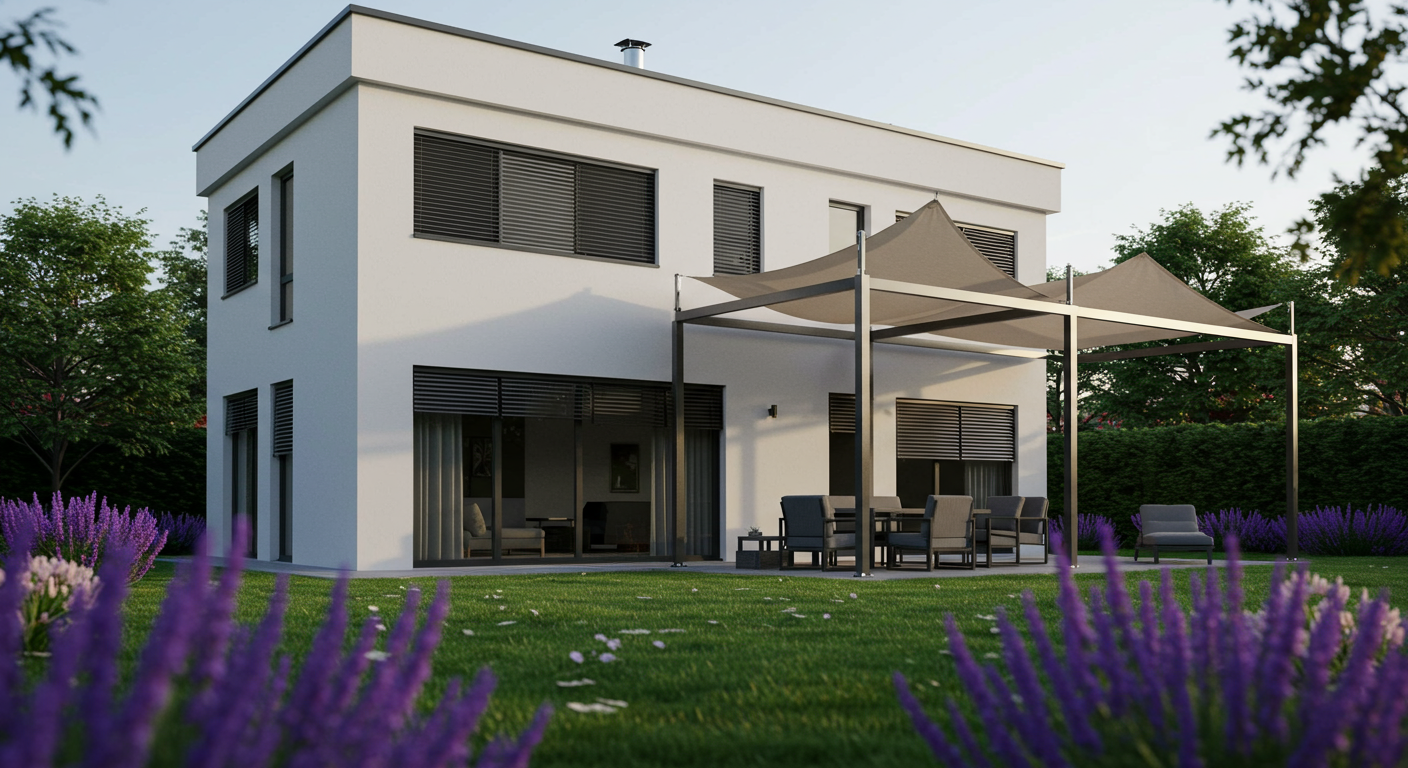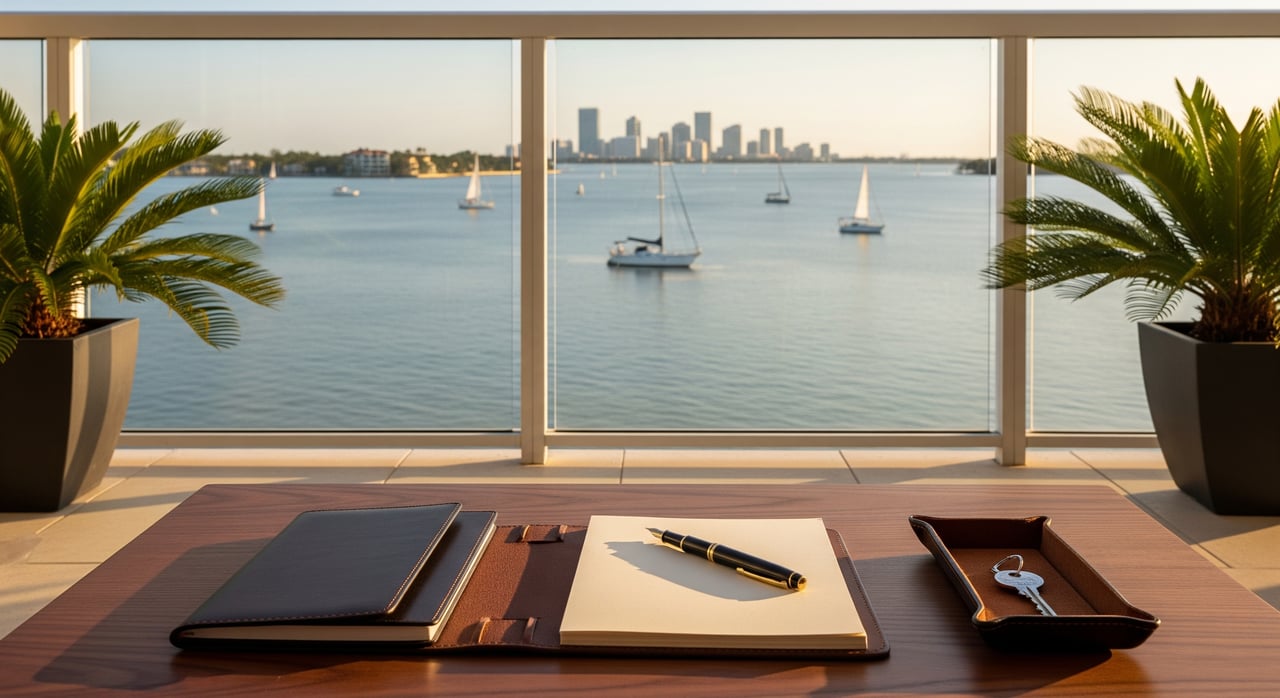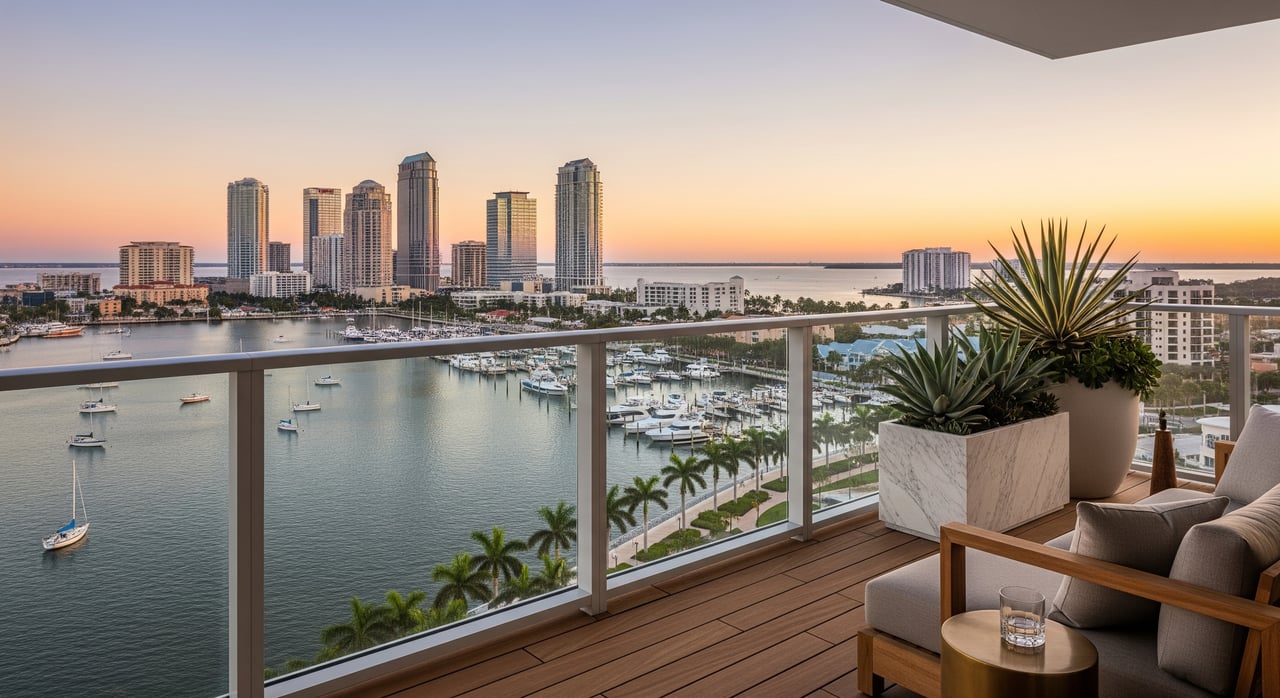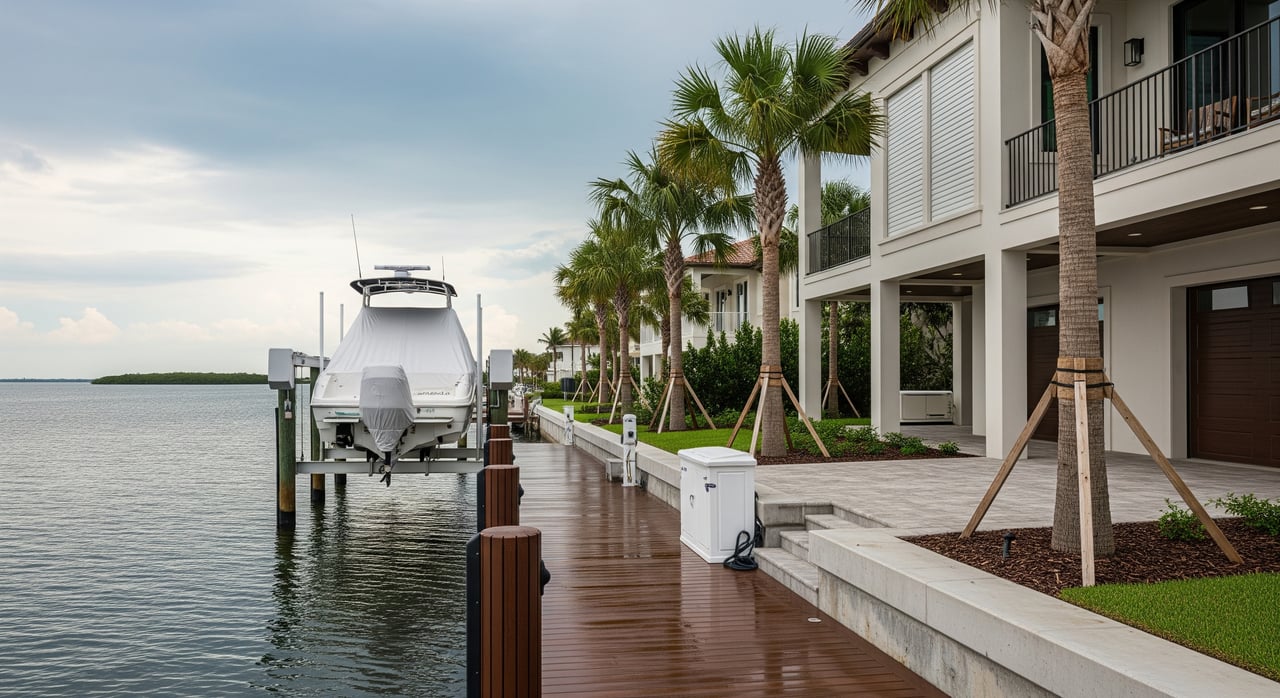
If reducing your energy consumption, carbon footprint or energy bill is important, you should explore the world of passive design.
Passively designed homes rely on natural heating and cooling processes, not those powered by gas or electricity to keep a comfortable atmosphere. By some accounts, they use as much as 90% less energy than traditionally constructed properties.
Here’s what you need to know if you’d like to build a passive home.
What is Passive Home Design?
A passively designed home is one in which the property's site, structure, materials, layout, and more are specifically chosen to create the ideal internal environment without using external energy sources like gas or electricity.
Design elements like where windows are placed, the direction of the home’s facade, insulation materials, and other purposeful choices play prime roles in this type of home.
What Are the Benefits of Passive Home Design?
You may want a passive home for reduced energy output, lower utility bills, and a smaller carbon footprint. Passively designed homes may also be more marketable once you try to sell since they save buyers on utility costs and offer a more sustainable lifestyle.
How Can You Employ Passive Design?
Passive design is something you’ll want to have in mind from the start in the early stages of planning your next home or vacation property. It requires conscientious choices in every design aspect, including layout, materials, and even site selection. It’s critical to work with an architect who’s familiar with passive design.
Get in touch today if you're interested in having a passively designed home. We can find a property that’s a match or reach out to established professionals to start on your project.




